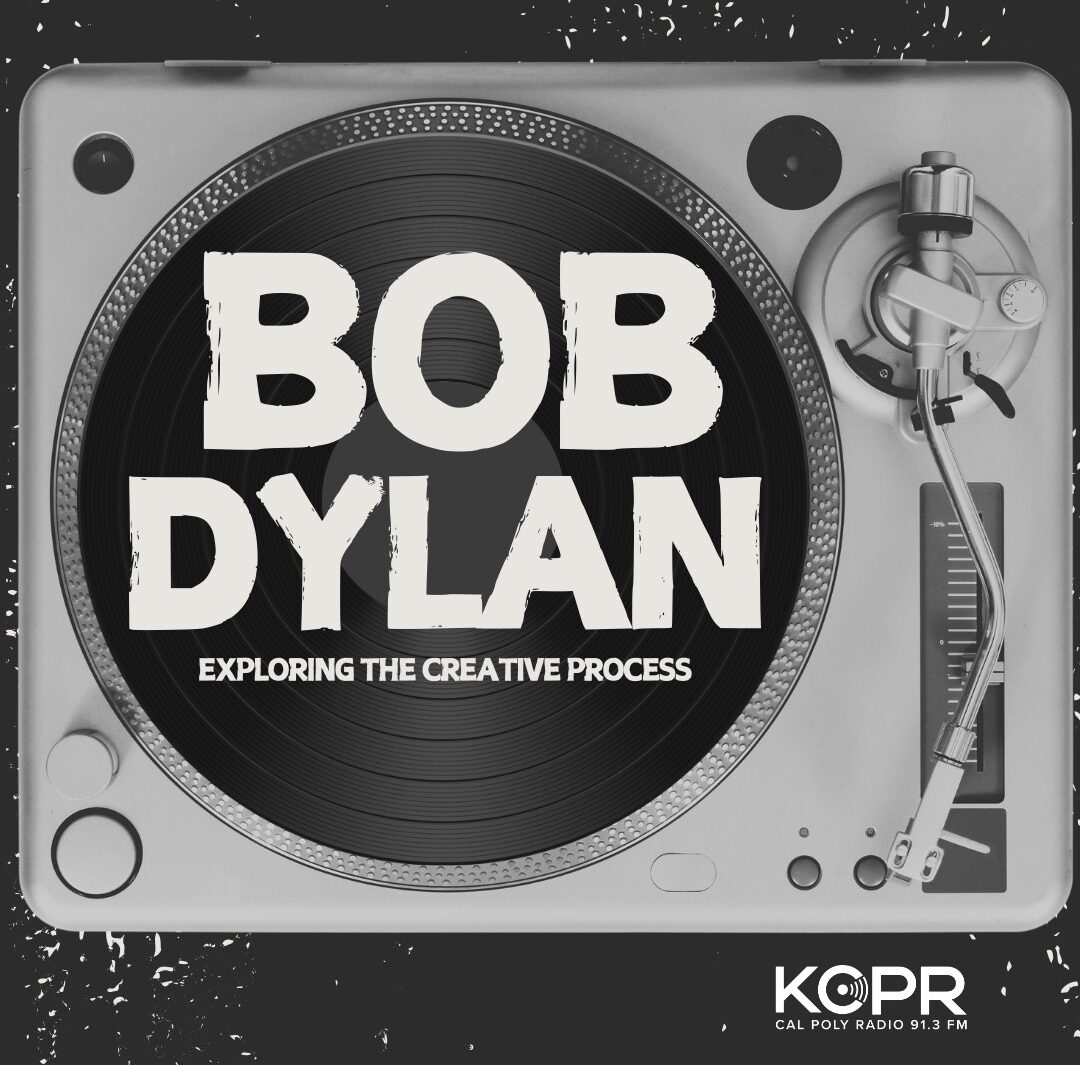The latest Bob Dylan biopic, “A Complete Unknown,” provides viewers with a glimpse into the iconic 1960s New York music scene, while offering a nuanced perspective on the creative process behind one of music’s most iconic songwriters.
To unpack the film further with a local perspective, I spoke with Ryan Marienthal, a dedicated musician and a relevant presence in Cal Poly’s music community. Marienthal is currently a member of two bands — The Plums and Candiru, — the founder of the recording studio “Cable City” and served as the president of Cal Poly’s Music Production Union (MPU) for two years.
With four viewings of “A Complete Unknown” under his belt, Marienthal shared his thoughts on the film’s portrayal of Dylan’s creative process and its impact on contemporary audiences.
Q: What were your initial thoughts after watching “A Complete Unknown” for the first time? Did your perspective evolve as a result of multiple viewings?
A: “At this point I’ve seen the movie 4 times. The first time I was so happy to be seeing this story told in a format that showed more emotion, rather than just snippets like articles or interviews. On subsequent viewings, I felt like I understood what was appealing about Dylan to me. I started to think more about the context that this was happening in and what made the story so compelling. As a musician too, it’s just kind of inspiring every time I see it — I wanna figure out how to make it happen in my life.”
Q: How do you think “A Complete Unknown” captures Dylan’s creative process, especially in terms of collaboration versus solitude? Were there particular moments in the film that resonated with you as an artist, especially considering your experience running a recording studio and performing in two bands?
A: “I think the creative process was very well shown. Songs aren’t written by sitting down at a desk and deciding to write; they can come at any time and you need to be open to every single idea because it just might be the one that sticks. I think his kind of insatiable energy and nonstop writing were shown well, and a large part of why he was so prolific. Some of the moments that I loved were in the studio; It was cool to imagine what those actual sessions were like and it was fun to see his notoriously goofy, relaxed sessions depicted. It connected me to the fun that I have when running recording sessions. I liked the emphasis on community over solitude. Sharing music, whether it’s recording or performing, is so special and the more you do it the more fun it is.”
Q: Biopics often lead to a spike in an artist’s streams and can even spark the creation of a new fandom. Have you noticed this happening with Dylan since the film’s release and what are your thoughts on the resurgence of interest in his music?”
A: “Gatekeeping one of the most influential musicians of all time is kind of a fool’s errand. I’m just really happy to see a lot of the musicians that I love, like Bob Dylan and Woody Guthrie, enjoyed by more people. Dylan’s music especially puts you in an interesting headspace — he’s throwing a bunch of nonsense at you but it’s so meaningful, interesting and compelling. I think it really opens you up to a more open-minded view of art and the more people like that are kicking around, the more fun artists get to have sharing their work.”
Catch the film in theaters and experience the reimagined story of Dylan’s creative journey to stardom!


